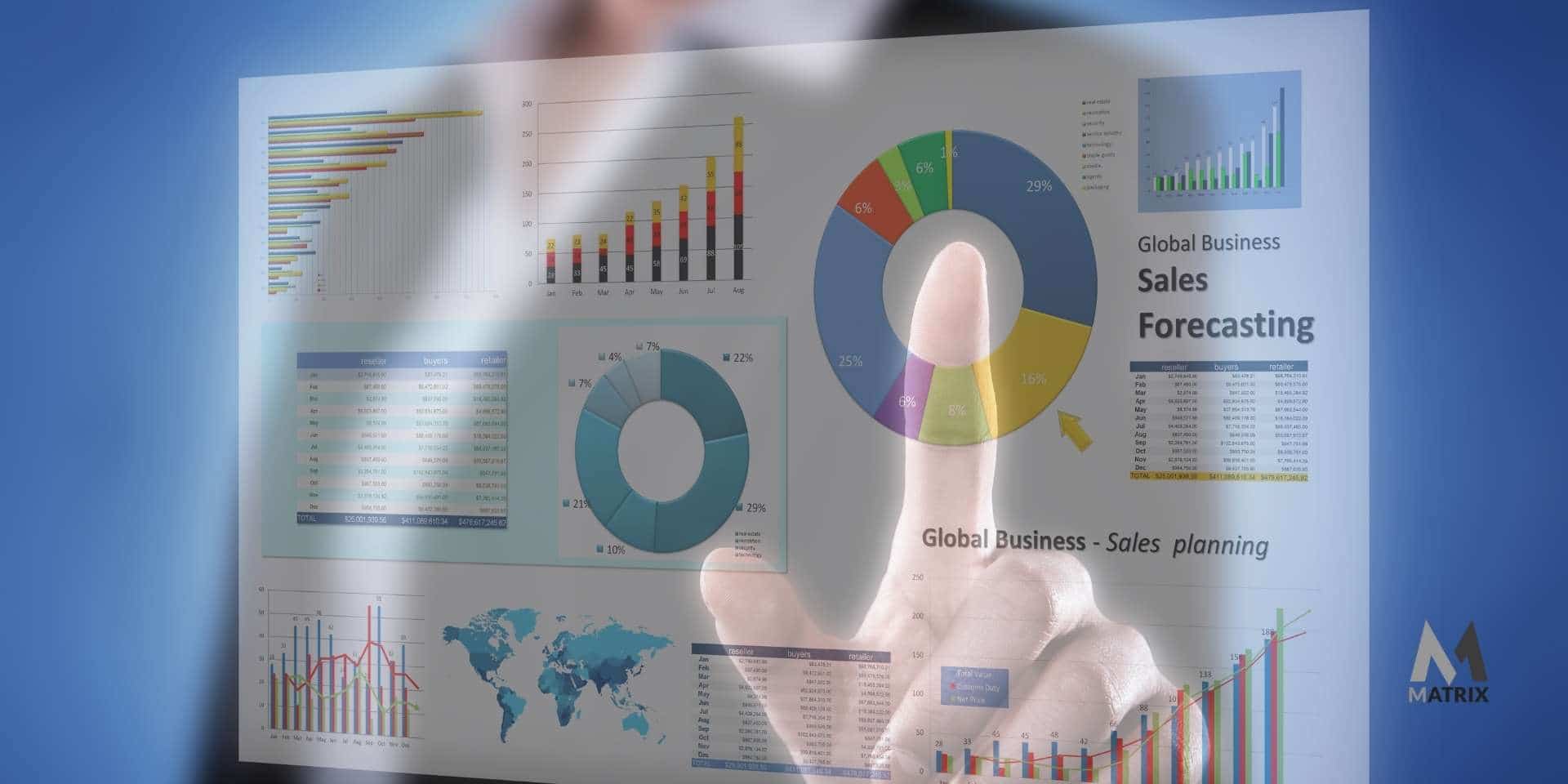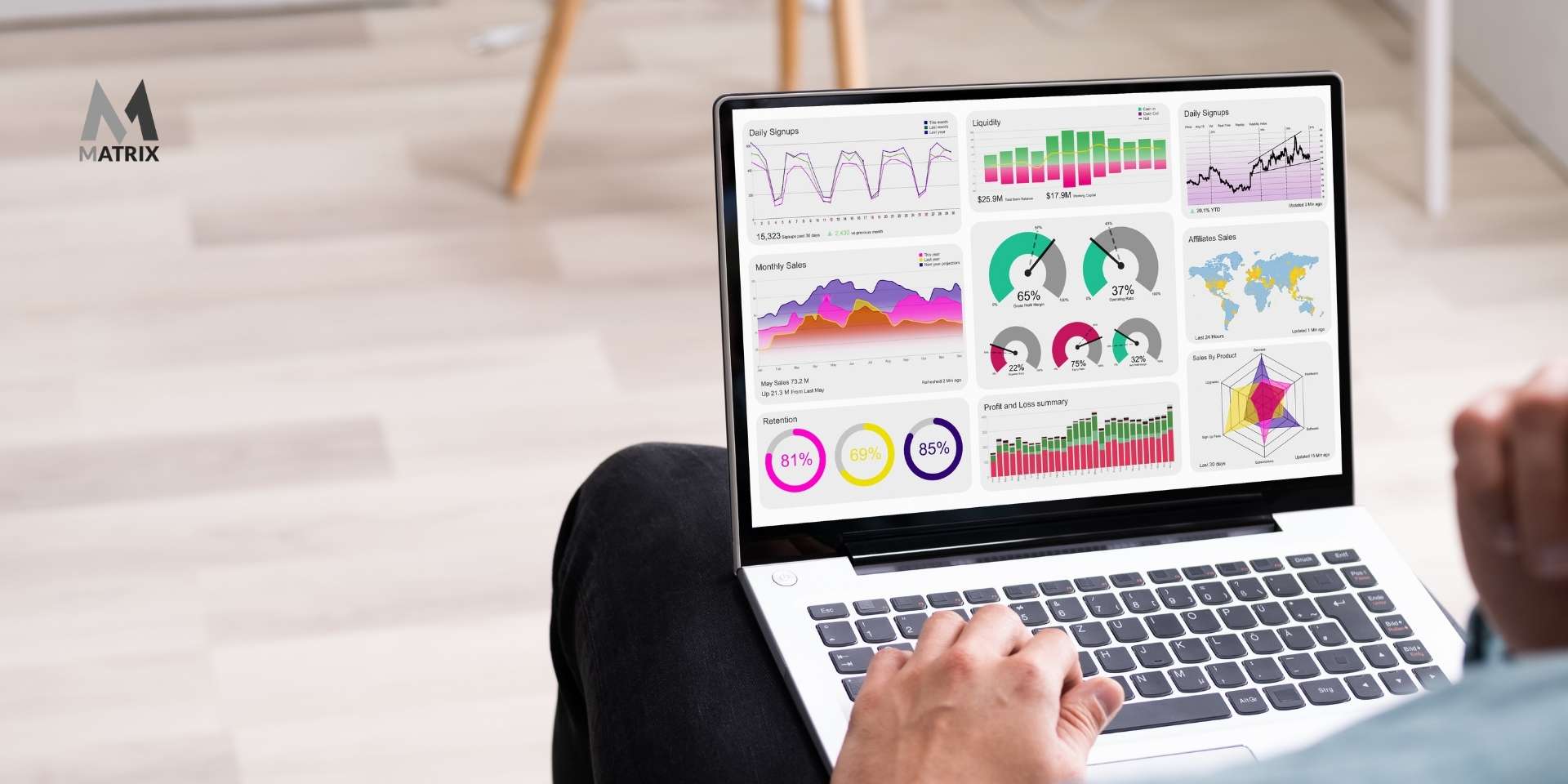HubSpot dashboards for CEOs
Learn how HubSpot dashboards for CEO are used.
As a CEO, it’s important to have a broad overview of your company’s performance. HubSpot dashboards provide an easy way to see how your website is doing regarding traffic, leads generated, and customers acquired.
Additionally, the dashboards can show you how your team performs in marketing, sales, and customer service.
Using the data on HubSpot dashboards lets you make decisions that will help your company grow and succeed.
What sales reports does the CEO want?

CEO wants sales reports that sync with all the company data. Remember using an Excel spreadsheet?
HubSpot dashboards are a great way for CEOs to get an overview of their company’s performance. Using the different types of data that HubSpot dashboards provide, CEOs can make decisions that will help their companies grow and succeed.
What are HubSpot dashboards, and what do they show CEOs?
HubSpot dashboards are web-based tools that give users an overview of their company’s performance.
The dashboards can be customized to show different types of data, including website traffic, leads generated, customers acquired, marketing performance, sales performance, and customer service performance.
The data on HubSpot dashboards is updated in real time, so CEOs can always see the most up-to-date information about their company.
How to create a HubSpot dashboard

Creating a HubSpot dashboard is easy and only takes a few minutes. First, log in to your HubSpot account and click the “Dashboards tab.
Then, click on the “Create dashboard” button.
Enter a name for your dashboard and select the type of data you want to include.
Finally, click the “Create dashboard” button to save your changes.
How to get started with using HubSpot dashboards
If you’re interested in using HubSpot reporting for your company, the best place to start is by creating a free account.
Once you have an account, you can customize your dashboard and add data. If you need help, many resources are available, including tutorials, support forums, and online help documentation.
As a CEO, it’s important to have a broad overview of your company’s performance. Dashboard HubSpot can provide this overview by showing data about website traffic, leads generated, and customers acquired.
Additionally, the dashboards can show how the team performs in marketing, sales, and customer service. This data can be used to make decisions for your company and improve your performance over time. 10 Most In-Demand Types of SEO Services to Focus On in 2025
Presence-Building Vehicle Selector
Choose the right marketing vehicles based on your brand’s bottlenecks and goals.
Your Top Marketing Recommendations
Disclaimer: These recommendations are a starting point. A comprehensive strategy requires deeper market analysis.
The different types of data that can be shown on HubSpot dashboards
Many different types of data can be shown on HubSpot CRM enterprise dashboards.
1. Marketing Dashboard Metrics
Lead Generation
- New contacts by source (organic, paid, referral, direct)
- Form submissions by landing page
- MQLs (Marketing Qualified Leads) created
- Conversion rates (visits to leads, leads to MQLs)
- CTA click-through rate
Email Marketing
- Email open rate
- Email click rate
- Bounce rate/unsubscribe rate
- Email performance by campaign
Website & SEO
- Page views by URL
- Blog performance (views, CTA clicks)
- Keyword rankings (via HubSpot + integrations)
- Session sources (organic search, direct, social)
Campaign Performance
- Leads and contacts influenced per campaign
- ROI per marketing campaign
- Multi-touch attribution reports
2. Sales Dashboard Metrics
Pipeline & Deals
- Deals created by stage
- Deal forecast by close date
- Deal value by owner or team
- Average deal size
- Win/loss ratio
Sales Productivity
- Calls, meetings, and emails logged
- Sales rep activity vs. quota
- Contact response rate
- Time to first contact
Lead & Opportunity Management
- New SQLs (Sales Qualified Leads)
- Lead response time
- Lifecycle stage funnel
- Lead scoring distribution
3. Customer Service Dashboard Metrics
Ticket Management
- Tickets by pipeline/stage
- Average ticket resolution time
- Number of tickets closed by rep
- Ticket response SLA tracking
Customer Satisfaction
- CSAT score (via surveys)
- NPS (Net Promoter Score)
- Customer feedback trends over time
4. Company Performance & Executive Dashboards
Revenue Metrics
- Closed revenue by month/quarter
- Revenue vs. forecast
- Revenue by product/service line
Cross-Functional KPIs
- Funnel conversion by lifecycle stage
- Marketing to Sales lead handoff time
- Cost per acquisition (CPA)
- Customer acquisition cost (CAC)
- Customer lifetime value (LTV)
5. Custom Data & Integrations
From Integrations or Custom Objects
- Subscription renewals (from Stripe, Chargebee)
- Product usage data (via API)
- Custom object reports (e.g., assets, events)
- ABM insights (from LinkedIn Ads, Clearbit, ZoomInfo)
- Chatbot performance and conversation logs
Common Visualizations
- Bar and column charts
- Pie charts
- Table views
- Summary KPIs
- Funnels and conversion paths
- Line charts (time series)
- Heat maps
HubSpot dashboards can also be customized to show CEOs any other important data.
How to use the data on HubSpot dashboards to make decisions for your company

The data on HubSpot dashboards can be used to make various decisions for your company.
For example, the data can determine where to allocate your marketing budget, which products or services are selling well, and how to improve customer service. Additionally, the data can also identify trends and patterns over time. AI Agentic Systems for Marketing Healthcare Organizations
Additional features of HubSpot dashboards that can be useful for CEOs
In addition to the data on HubSpot dashboards, several other features can be useful for CEOs.
For example, HubSpot dashboards allow users to create custom reports, set goals, and track progress over time. Users can also share their dashboards with other users and collaborate on projects.
Technology Client Acquisition Calculator
Forecast leads, CPL, and revenue aligned with SaaS & Tech marketing benchmarks
0
0
$0.00
$0

